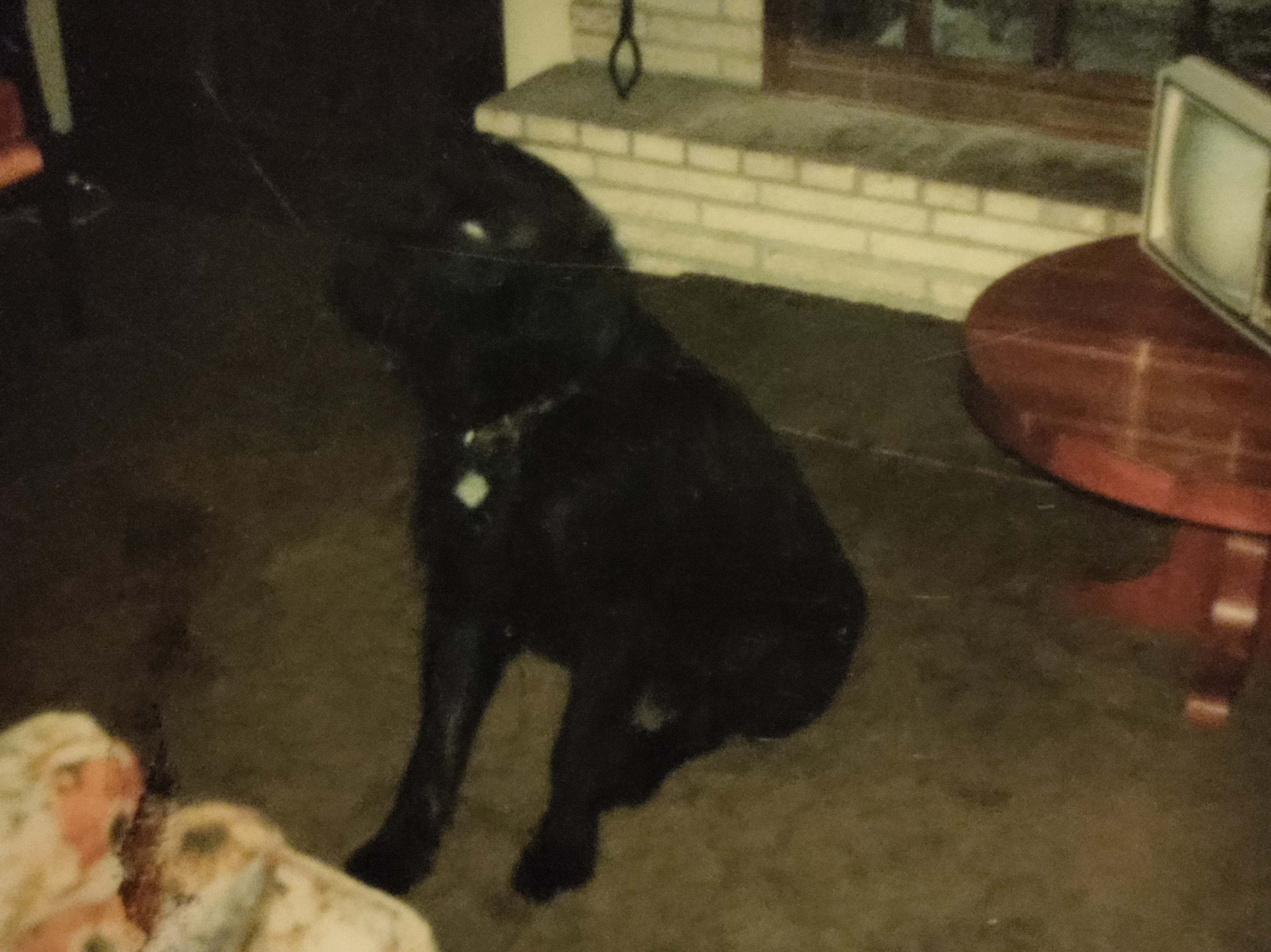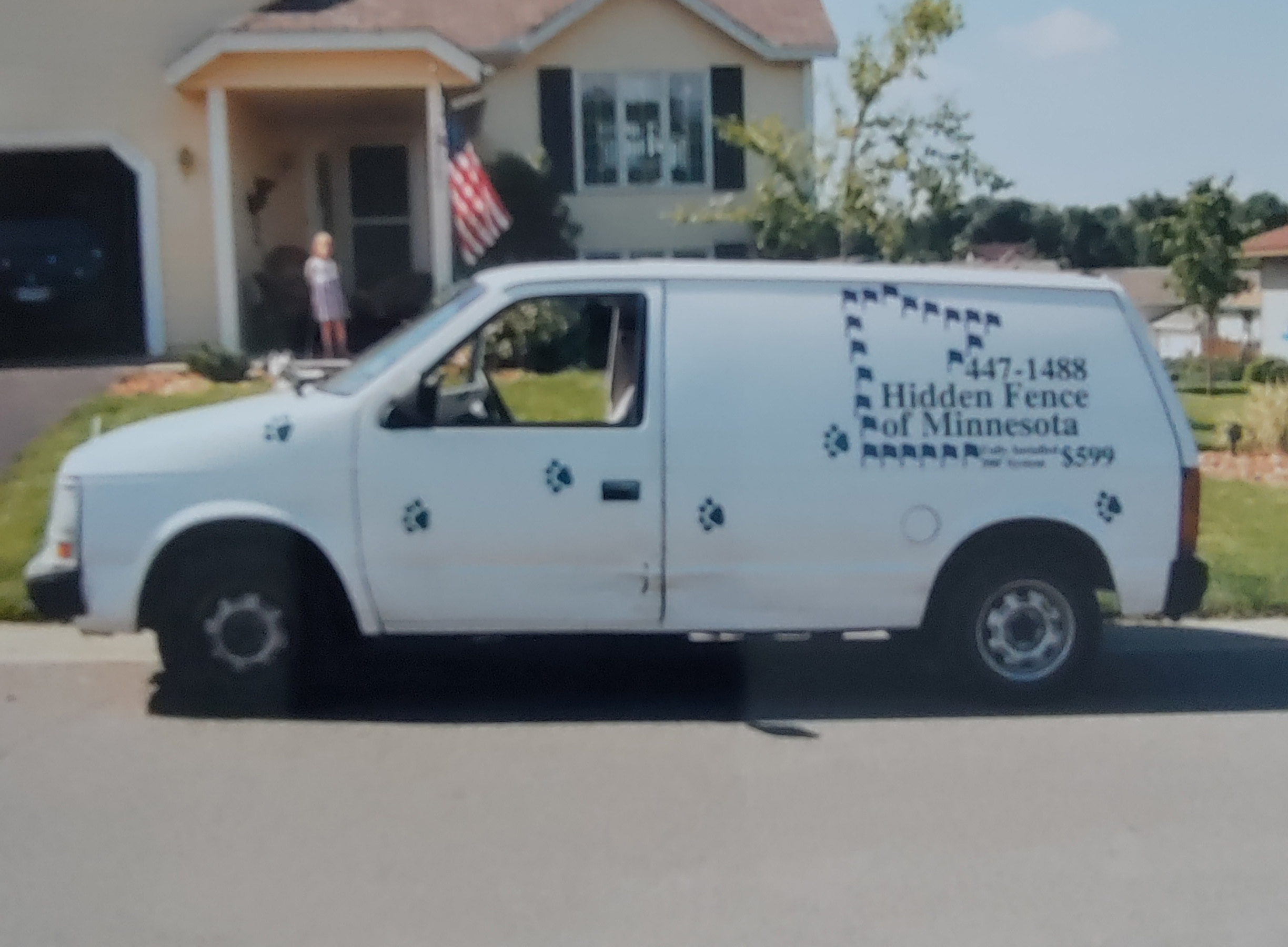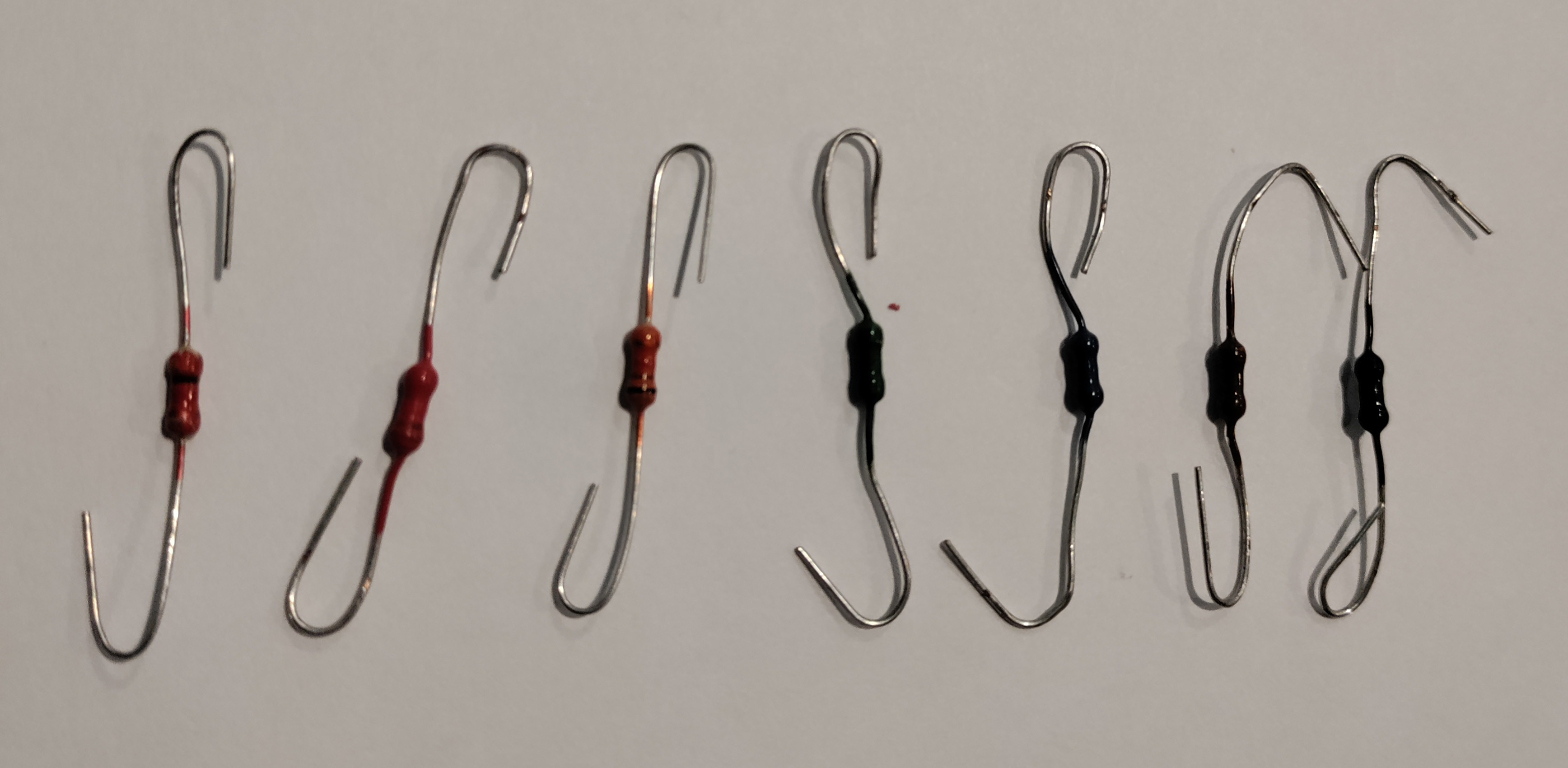The Early Years

Growing up, I faced a lot of heartache from the inability to contain the many dogs we had over the years. Living on a bluff ruled out a physical fence, and tying them to a rope or confining them to a kennel just didn’t feel right. In our rural setting, leash laws weren’t enforced, and most dogs roamed free. As a result, there were often dog fights which made me afraid to step outside. My family also faced the anguish of multiple dog incidents. Our dog Caesar was killed on the highway. Our next dog Barney nearly drowned after falling through thin ice, and I saw my friend’s Weimaraner get hit by a car as we played outside.
A Calling

In early 1992, when a friend introduced me to the owner of a new electronic pet containment company, not only did it feel like a “Dream Job” & financial opportunity—it felt like a calling. This technology offered an answer that could provide both freedom & safety for dogs, and peace of mind for families — sparing others from the unforgiving experiences I’d had.
With strong demand, the business grew quickly. The technology back then was effective, though limited. Early systems had minimal adjustment for collar corrections—sometimes up to four levels. However, even the “mildest” corrections could be uncomfortable for many dogs — which were ultimately considered a temporary inconvenience during training to give a dog freedom in the long-run. As trainers, we strived to make the process as easy as possible, though I believed there had to be a gentler approach.
How Resistors Changed Training Forever

In 1993, after consulting an electrical engineer, I discovered that inserting resistors with various values between the collar contacts could lessen the intensity dogs felt. After testing dozens on my own skin, I identified seven correction levels that seemed ideal for training.
My first training using these resistors was on a golden retriever - beginning with the mildest correction and increasing it each day. On day one, the dog barely showed any response. But over the training sessions, the dog began to avoid the boundary without signs of stress or discomfort. It was a breakthrough! However, as I introduced this method to others, the response was surprisingly negative—most peers were skeptical or even claimed I was jeopardizing dogs’ safety by not using a heavier-handed method.
From Skepticism to Support

Year after year, I shared this gentle training method at dealer meetings, gaining only a few supporters. Yet, I remained committed, seeing the low-stress results with dogs I trained firsthand.
Seven years later, the first adjustable collars entered the market with settings low enough for gentle training. It took even longer for the industry to widely accept these approaches. Some manufacturers eventually introduced their own adaptations of my method.
Today, many systems allow adjustable levels, but Pet Stop® Brand’s technology provides exceptional precision — with finely-tuned lower levels to ensure comfort during training. This allows trainers to find the right level where dogs respond without discomfort — helping them learn quickly in a stress-free way. For dogs still anxious even with low corrections, we offer a special "Safe Yard" training method for added comfort.
At Pet Stop® and Hidden Fence of Minnesota, we are committed to continuous innovation — ensuring that the training experience for both pets and owners is pleasant, effective, and, above all, pet-friendly.
